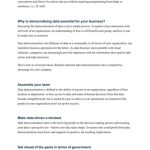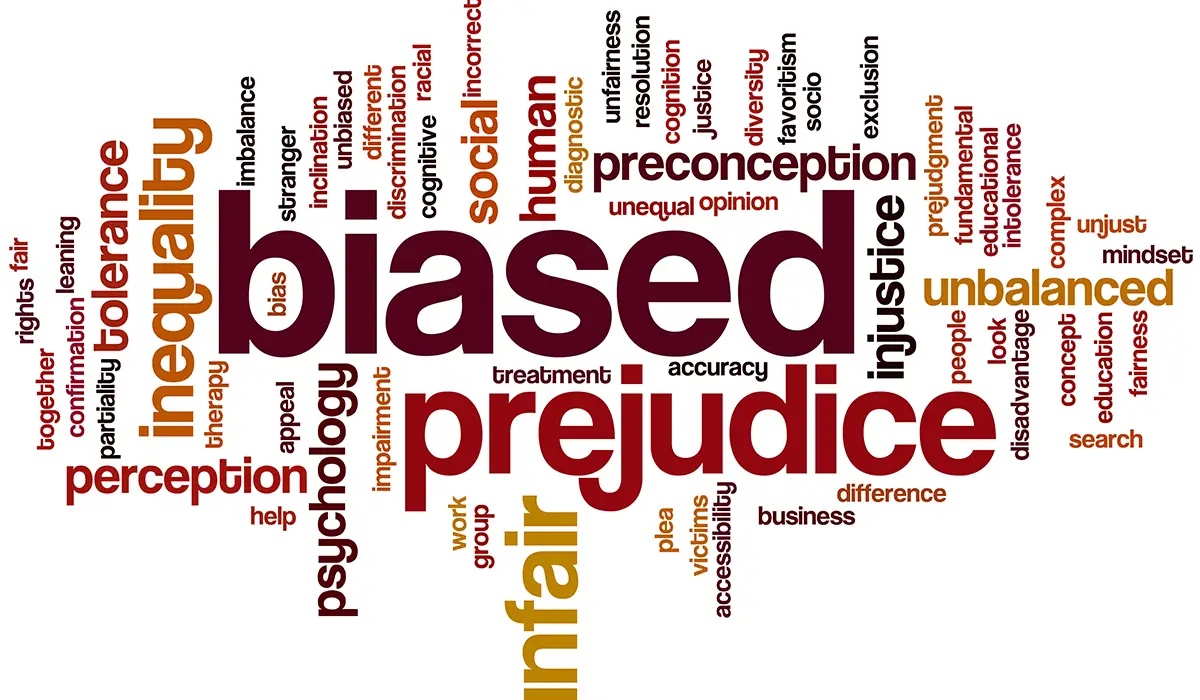Is There Competition Between Different AI Models?

As the field of artificial intelligence advances, a diverse range of AI models have emerged, each tailored to specific tasks or applications. With this proliferation of models, a natural question arises: Is there competition between different AI models?

Types of Competition Between AI Models

Several forms of competition can exist among AI models:
-
Benchmarking: Competition may arise when AI models are compared and evaluated based on their performance on standardized benchmarks or tasks. For example, in image classification tasks, models might be evaluated based on accuracy and speed.
-
Model Selection: Competition occurs indirectly when users or organizations choose one AI model over another for a particular task. This decision may be driven by various factors, such as accuracy, efficiency, cost, and compatibility. Models that consistently outperform others in terms of these criteria may gain popularity and become more widely adopted.
-
Market Competition: In the commercial realm, companies developing and offering AI models compete in the marketplace. The success of an AI model often depends on its ability to provide unique value and features that differentiate it from competing models. Price, support, and availability can also influence market competitiveness.
Factors Influencing Competition
Several factors influence the nature and intensity of competition between AI models:
-
Task Complexity: The complexity of the task at hand can shape the level of competition. Simpler tasks may have a smaller set of suitable models, leading to direct competition. Comparatively, complex tasks might require more specialized models, resulting in less direct competition but still encouraging innovation and differentiation.
-
Data Availability: The availability and quality of data play a crucial role in AI model development. Models that can utilize large and diverse datasets may gain an edge over those with limited data access. Hence, competition can arise in terms of data acquisition strategies and techniques for effectively leveraging available data.
-
Algorithms and Architectures: Competition can occur at the algorithmic level, where different approaches and architectures are explored to achieve optimal results. Novel algorithms or architectural designs that yield better performance or efficiency can gain attention and lead to further advancements in the field.
Benefits of Competition Among AI Models
Competition among AI models offers various benefits:
-
Innovation: Striving to outperform competitors drives innovation and encourages researchers and developers to push the boundaries of AI technology.
-
Performance Improvements: As models compete against each other and incorporate new findings and techniques, their overall performance tends to improve over time, benefiting users and various applications.
-
Diversity of Applications: Diversifying AI models allows for wider applicability across different domains and industries. Competition encourages the development of specialized models tailored to specific tasks and requirements.
-
Market Growth: Healthy competition can accelerate the growth of the AI market as organizations and individuals recognize the potential value and utility of AI models.
Conclusion
The competition between different AI models is a natural consequence of the rapid advancements and diverse applications of AI technology. While competition can foster innovation, performance improvements, and market growth, it also highlights the importance of collaboration and knowledge sharing to advance the field of AI collectively.











